Goomburra is a section of Main Range National Park, on the western part of the Scenic Rim—a spectacular arc of mountains stretching from Mount Mistake to Springbrook in south-eastern Queensland.
Once a cattle property, Goomburra has a long forestry history, with red cedar, pine and beech logged from the valley, and milled at Allora, as far back as 1870. By 1923, the upper reaches of the valley were proposed for State forest, and forestry planning occurred. Selective harvesting of hardwood and softwood species occurred and experimental plantations were established. By September 1985, forestry extraction from the valley, gorges and ridges had been reduced and in 2002 Goomburra was transferred to the Queensland Parks and Wildlife Service. The Goomburra section was incorporated into Main Range National Park in June 2006.
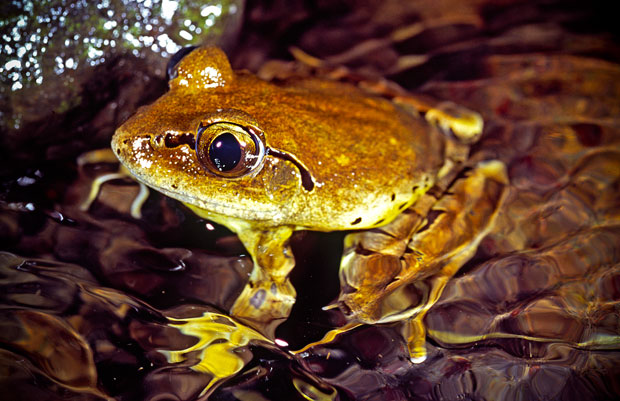
Goomburra is home to Fleay's Barred Frog (Mixophyes fleayii), a frog whose numbers have declined dangerously - it is currently classified as endangered. Photo R. Ashdown.
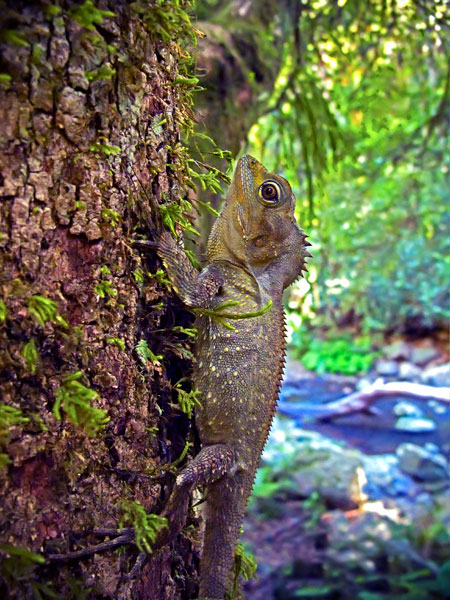
Southern Angle-headed Dragon (Hypsilurus spinipes), one of the park's many reptile species. Photo R. and H. Ashdown
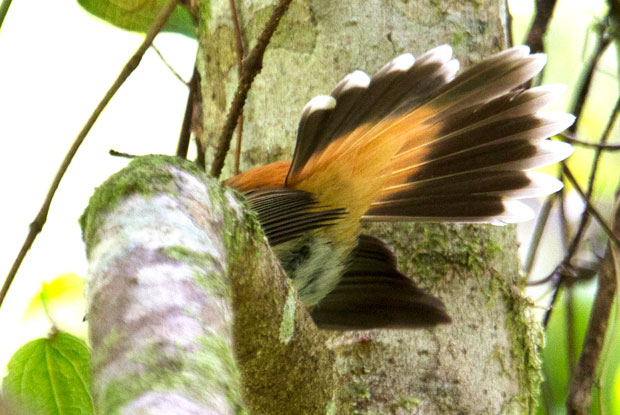
The rufous-coloured, fan-shaped tail of the Rufous Fantail (Rhipidura rufifrons). Photo Harry Ashdown.
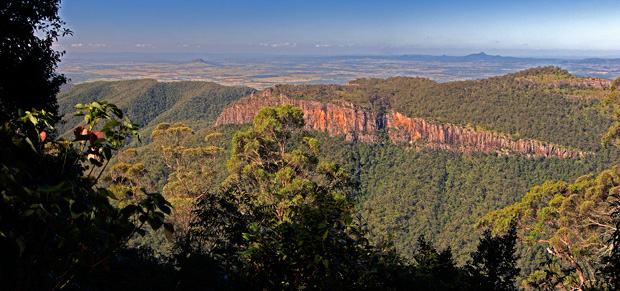
Looking east over Mt Castle from the top of the Great Dividing Range, Goomburra National Park. Photo R. Ashdown.
Part of a special rainforest reserve.
In December 1994, the UNESCO World Heritage Committee officially declared the Gondwana Rainforests of Australia World Heritage Area over the Scenic Rim, including most of Main Range and Mount Barney national parks and nearly all of Lamington and Springbrook national parks, and the rainforests of northern and central New South Wales.
World Heritage status is a prestigious international recognition of the important conservation values of this area, especially its unique geology, subtropical and cool temperate rainforests and rare flora and fauna.
As part of the Gondwana Rainforests of Australia World Heritage Area, Main Range is an extremely important refuge for many animals. These include a species of land snail, the beautiful Richmond Birdwing Butterfly, endangered birds (e.g. the Eastern Bristlebird), amphibians such as the Fleay’s Barred Frog, and mammals such as the Spotted-tailed Quoll and the Hastings River Mouse. Main Range National Park plays a vital role in protecting this rich diversity of globally significant wildlife.

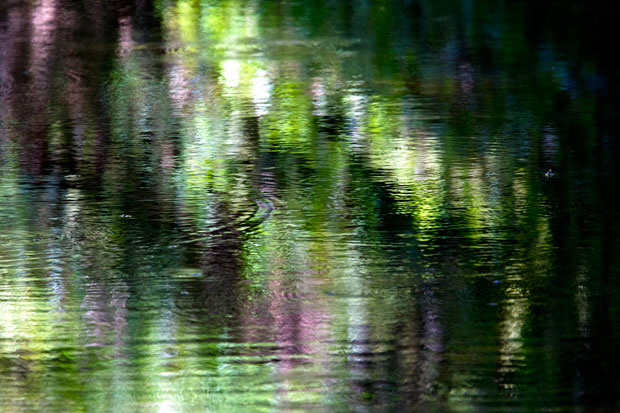
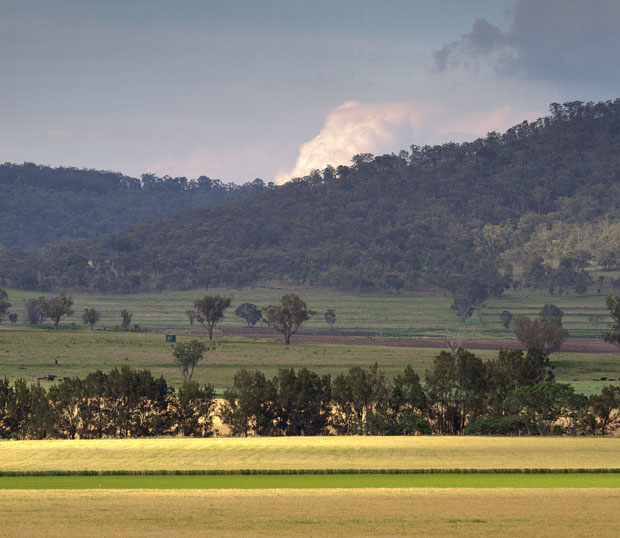
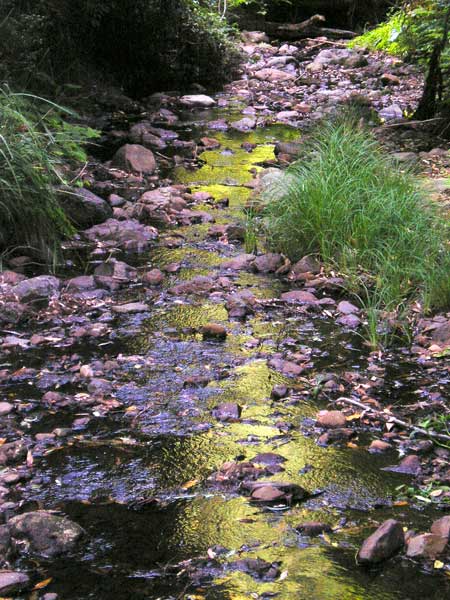
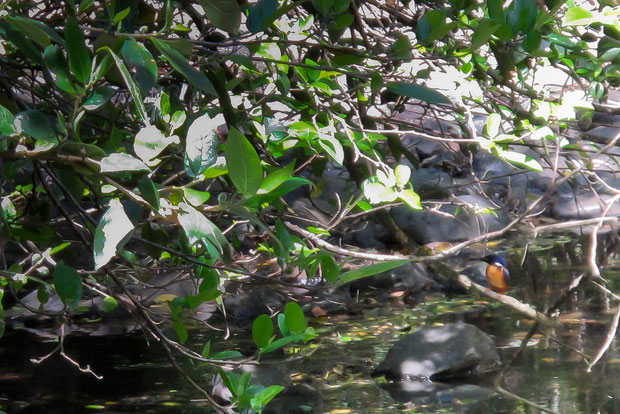
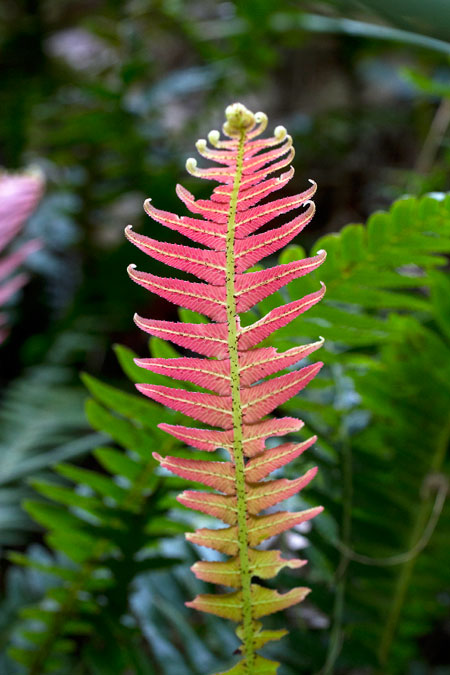
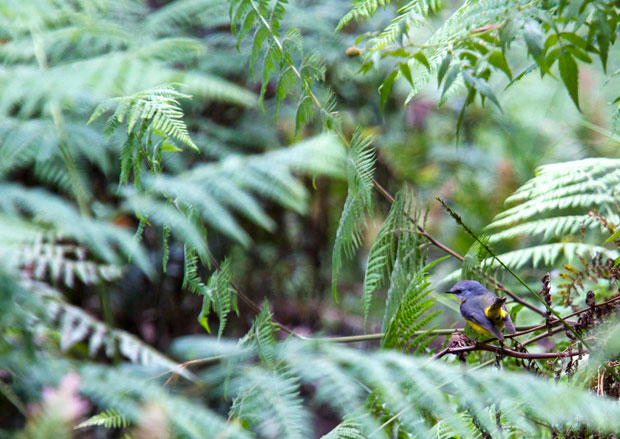
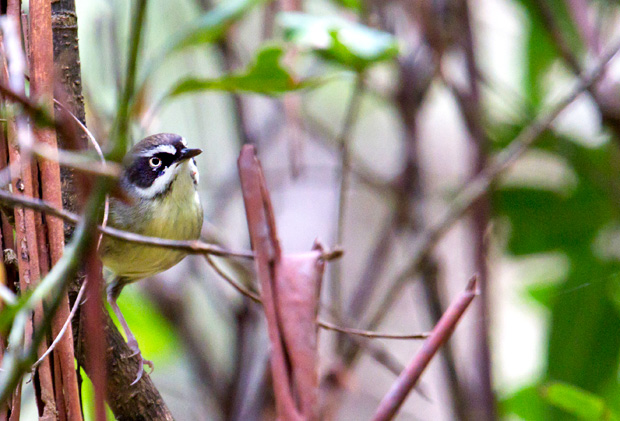
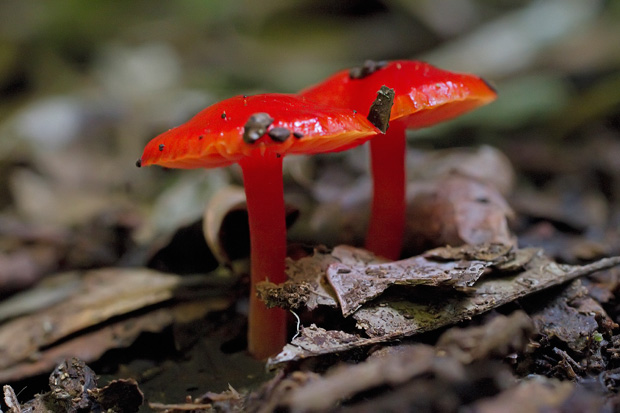
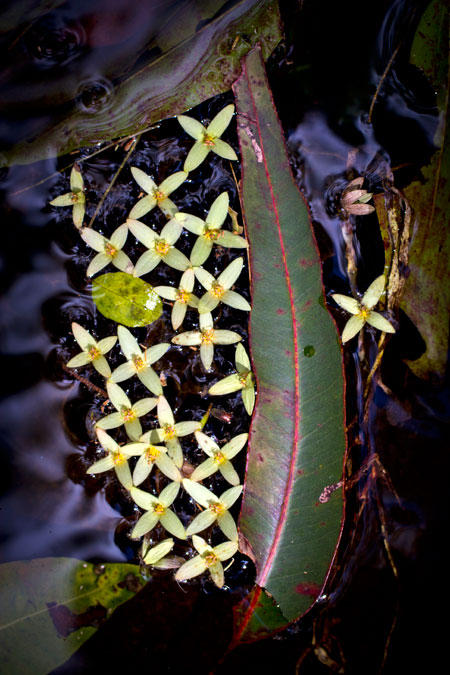
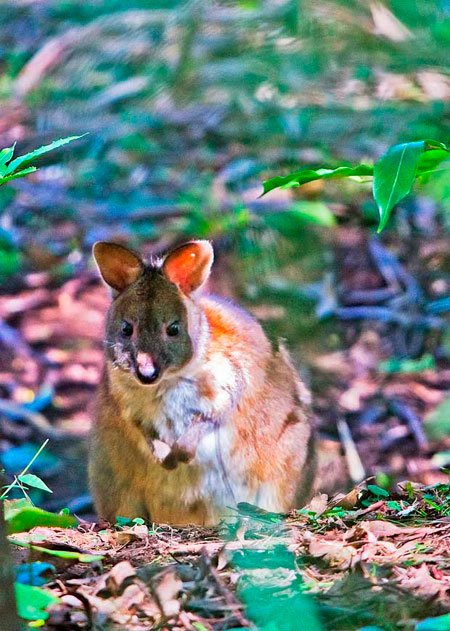
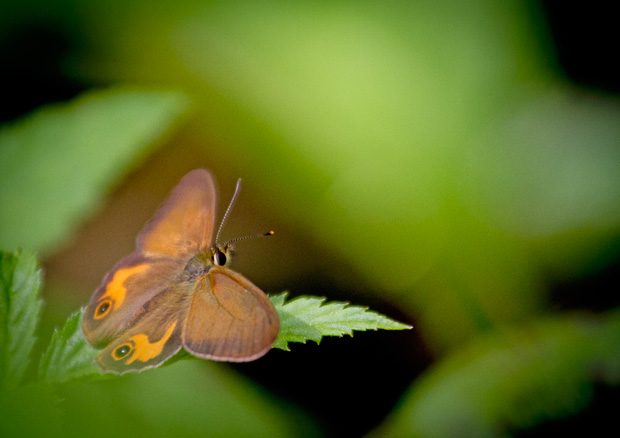
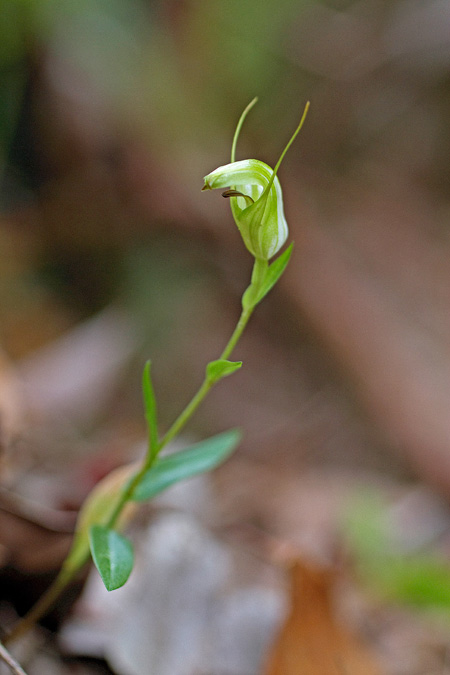
Folks,
Goomburra certainly is a fascinating bit o' country. On the 13.11.12 I spent the day there along Dalrymple Creek with some good friends; Barry Kenway, Mark Weaver and Al Young. Fortunately there wasn't anyone else about to witness the Eventide Odonata Club bumbling through the rushes and sedges of Dalrymple Creek swiping nets at passing dragonflies with great alacrity most oft unrewarded by results. By the end of the day, however, we did manage to record a good tally of Odonata.
Roughly in recording rather than taxonomic order these were:
– Gold-fronted Riverdamsel (Pseudoagrion aureofrons)
– Stout Vicetail (Hemigomphus heteroclytus)
– Scarlet Percher (Diplacodes haematodes)
– Blue Skimmer (Orthetrum caledonicum)
– Australian Emperor (Hemianax papuensis)
– Bronze Needle (Synlestes weyersii)
– Eastern Billabongfly (Austroagrion watsoni)
– Arrowhead Rockmaster (Diphlebia nymphoides)
– Australian Emerald (Hemicordulia australiae)
– Twin Spot Hunter (Austrogomphus melaleucae)
– Red and Blue Damsel (Xanthagrion erythroneurum)
– Whitewater Rockmaster (Diphlebia lestoides)
– Stout Vicetail x Southern Vicetail (heteroclytus x gouldii) (identity concluded after conferring with Gunther Theischinger)
These insects were not the only animals of note for the day. Whilst the rest of my company were busily engaged photographing Whitewater Rockmasters I had the great privilege of encountering one of Oz's largest and least known mayflies, a rare Purple Peril or Killer Mayfly of the family Ameletopsidae. These are large, stout
mayflies being recorded to 20mm in length; very much larger than our other Ephemeroptera. Purple Perils (what a name) are represented by only three species in a single genus (Mirawara) in Australia and I can't work out the species of my Goomburra find. It'll just have to stay Mirawara sp. It was a beauty, in any case. The creek here has only one fish species, the Mountain Galaxias (Galaxias olidus) and we saw several busy schools of these little fish on this day.
It was a great day out; good friends, good wildlife and a lovely piece of country. Can't go wrong.
Regards,
Rod Hobson